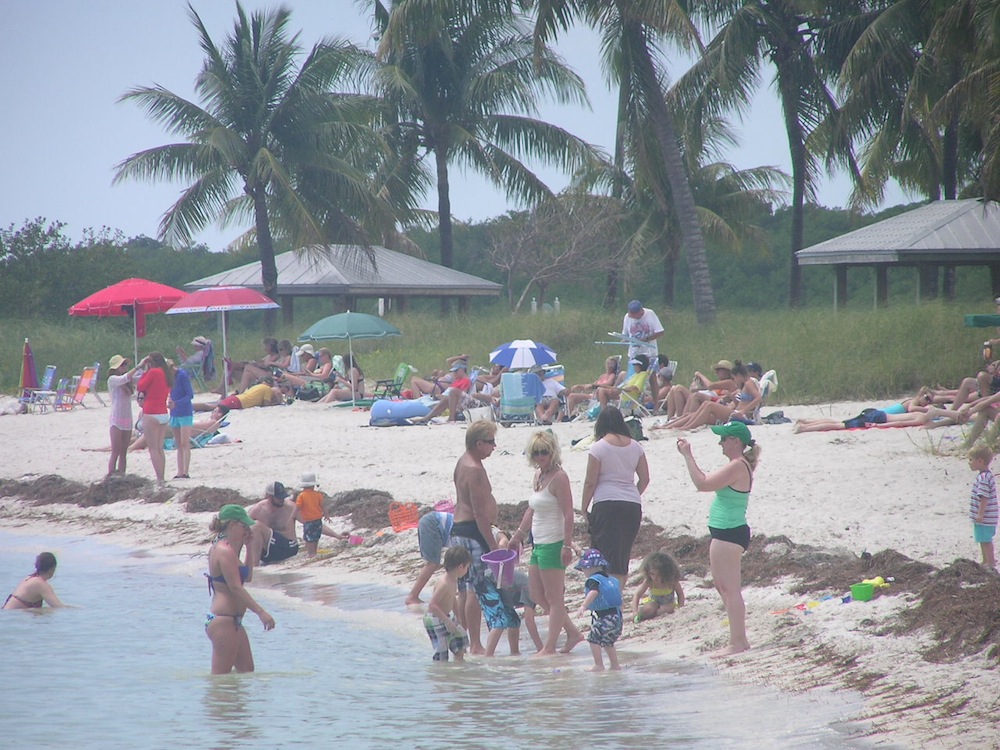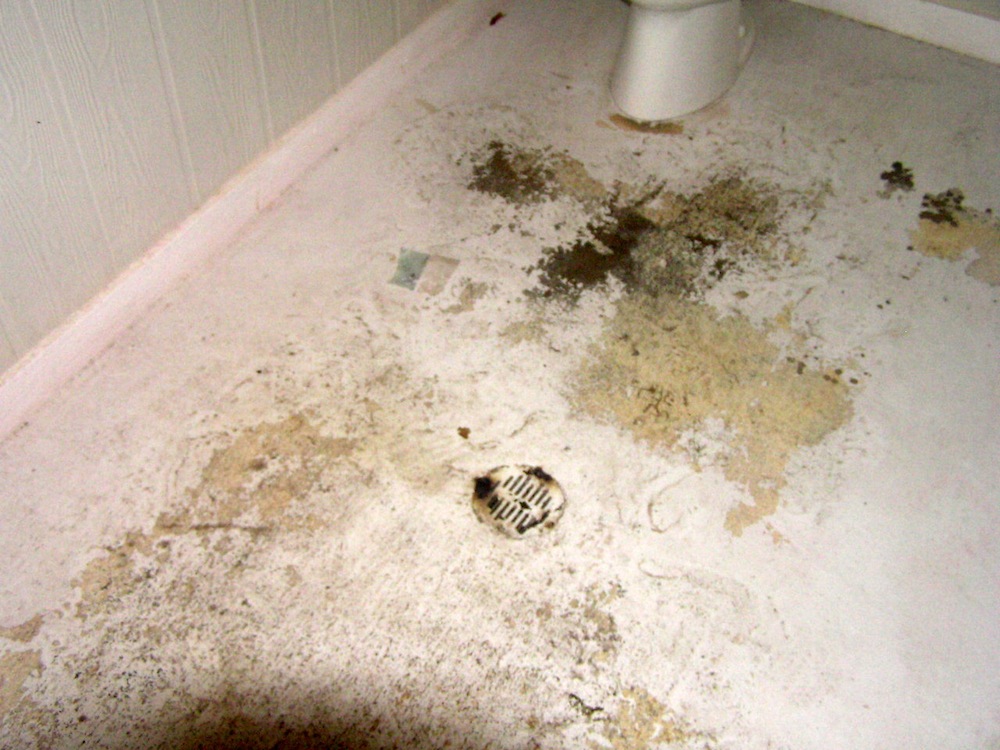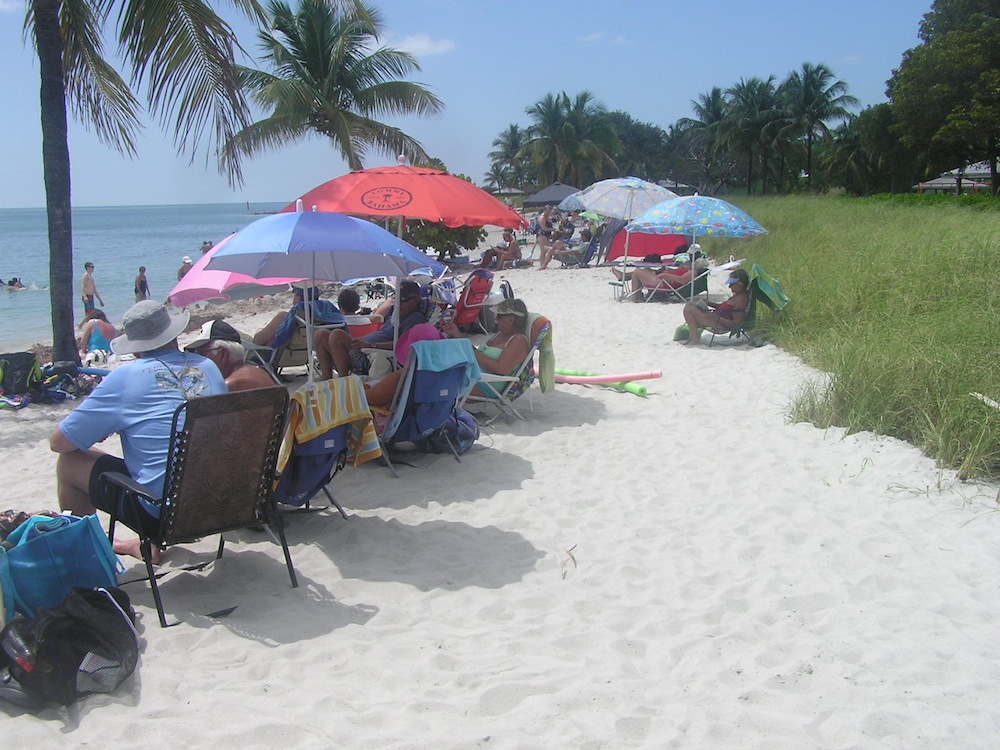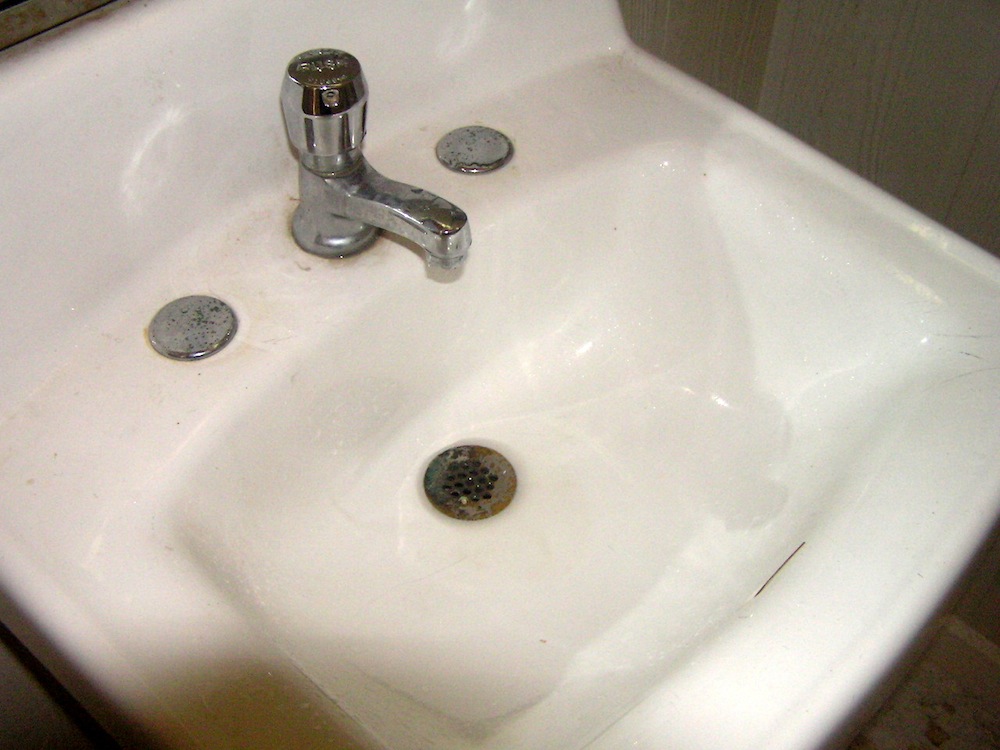Tourists: We Want Their Dollars Without Providing Services
Anyone who has ever lived in the northern part of the country knows how alluring the blue skies and sandy beaches of the Keys can be during the winter, especially a winter as brutal as the one that the Midwest and Northeast have just experienced. Visitors come here primarily for the warmth and not for seafood festivals or dolphin attractions.
One thing that surprises visitors who doze in a cold bed dreaming of floating on an inflatable raft on aquamarine water is how few public beaches there are in the Keys. Ironically, as dreary as Marathon can be, the city does have one of the nicer beaches in the island chain. Sombrero Beach, located right in the middle of town, has a long stretch of sand, relatively new covered pavilions, a children’s park, a pretty cement walkway, and very badly maintained bathrooms.
It’s a mystery why city government, which takes many opportunities to attract visitor dollars, can be so neglectful of one of the area’s primary attractions: Marathon’s sandy beach. Recently Marathon’s council voted to sink $ 5.43 million dollars or $ 180,000 a year over thirty years into repairing a decrepit bridge that people perceive as a big tourist attraction. And a loud and extended complaint rose from local throats when the TDC District Advisory Council (DAC III) initially voted to divert a big chunk of money from the Marathon Seafood Festival. That event pours thousands of dollars into the chamber of commerce’s coffers and DAC III voted to give TDC cash toward promoting Fantasy Fest. The latter doesn’t need the TDC money either. Both are well established events.
Gonzalez Brothers Landscaping has the contract for landscaping at all city properties but the company isn’t responsible for the physical appearance of the bathrooms. That falls to the city itself. And they don’t seem to be getting the job done. Nor does anyone in city government seem to care.
The paint on all the floors has deteriorated badly and in a very unsightly manner.
Paper towels overflow the waste container and some fall on the floor. Often the bathrooms run out of towels and toilet paper.
The latter is particularly galling because most modern public restroom facilities use hand dryers instead of offering paper towels. Seven years ago the volunteer “Green Team” that audited the city’s energy usage recommended to Jimmy Schmidt, Marathon’s Parks and Recreation manager, that the city switch to electric hand dryers. Studies show that these devices, especially the ones activated by the user placing their hands under the unit, actually use less energy than that required to make, distribute, and dispose of paper towels.
Schmidt, in 2007, said he was studying the issue and might install these dryers soon. Apparently he’s still studying it because the city continues to rely on antiquated paper towel dispensers. In the meantime, Parks and Rec has installed a brand new set of playground structures, put down new artificial turf under them – twice – and switched out the landscaping. So it’s not an issue of budget.
Nor are the bathrooms particularly clean after just a few hours of use. The sinks become dirty, evidenced by the photo below taken at midday at Sombrero Beach. Yes, the beach was crowded but the day was only half over.
According to Willie Gonzalez, half of the Gonzalez Brothers Landscaping company with his brother Luis, the bathrooms are cleaned every morning at 7:30 a.m. But then not again all day. Given the number of people who use them during tourist season, it seems as if the city should consider expanding the contract for more cleaning.
Gonzalez agrees.
“I’ve been saying the same thing for years – that they need to provide more than one visit a day to those restrooms.”
The problem is also an inherent conflict of interest. Luis Gonzalez, Willie’s brother, sits on and virtually runs the city’s Parks and Recreation Advisory Committee. That committee could and should recommend additional maintenance, but perhaps Gonzalez is concerned about the city giving his company an even larger contract.
Certainly Willie is. He’s so sensitive to the appearance of a large contract that he monitors any emails complaining about the money being paid his company. He called The Blue Paper because we had inquired about that very thing.
“If you break my contract up and itemize it, we get paid $ 3,500 a month to do Sombrero Beach,” Willie Gonzales said. “And you divide $ 3,500 a month by the seven days a week we go there — we pay for the material, we pay for the toilet paper and the dog [waste disposal] bags — then that’s not a lot of money.”
One would have to ask why their company submitted such a low bid price, an amount that according to Gonzalez they are locked into for six more years. Debra London, the city’s community services coordinator, reported that their initial bid was half the price of another submitted.
The Blue Paper asked Marathon’s director of public works Carlos Solis about these issues and he admitted that the floors are in bad shape.
“The floors were painted a year ago and obviously it was not a good product and did not take well in the higher traffic area. That being said, we are in the process of reworking the bathrooms at community park, and will address the floors there when we finish, probably in late April when things at the beach slow down a bit.”
However, he adds that,
“All in all, not considering the floor at this time, for a public beach restroom I believe that they are in good condition, especially in comparison with other beach facilities in the Keys.”
Solis also commented on paper towels but, in fact, didn’t directly address that issue.
“We have the bathrooms cleaned every morning. Considering this is spring break…it can be expected that at this point in the day they are not spotless. Our maintenance contract requires that the bathrooms are cleaned daily, but we do not have a beach attendant during the day to maintain the facilities.”
It’s an interesting point because not only are the bathrooms a problem but also people consistently violate rules about not bringing bottles onto the beach, keeping their dogs on leashes and or cleaning up after them. Marathon has chosen not to have any official presence at the beach whereas the county, when it controlled the area, did.
Of course Marathon is not the only place that loves to collect money from tourists while not providing much in the way of services. The county and the cities don’t provide public restrooms throughout the Keys, relying on the chambers to have them in their facilities. A previous Blue Paper article reported on this and, of course, not much has changed since then.
While this may seem like a petty issue it’s the kind of bread and butter infrastructure problem that many local city officials in small cities thrive on because they can actually do something about them. Up north it’s potholes and street lights. Here it’s parks and boat ramps. So while the Marathon city council dithers over morality clauses and moving elections to March the local infrastructure crumbles.





My goodness!! The very worst beaches in Florida and maybe anywhere from here to Maine!! Every state on the East Coast has better beaches than the “Keys beaches”. We don’t offer clean facilities in our public infrastructure except on the FL turnpikes where you will pay 10-15 cents a gallon extra for the privilege of having toilet paper or sanitary conditions!!!
Michael, I love that picture of you in your trench coat, fedora and sunglasses. I have this visual of you lurking around our public bathrooms with your little spy camera taking your pictures. Thank you for bringing this to our attention. I am sure that all this will now be addressed. You can now officially consider yourself Marathon’s Public Bathroom Monitor! I can’t wait to learn what new case you will crack next!
We don’t offer clean water, either. Local divers know, if they go into the ocean with a nick or a cut on their skin, if they get a nick or a cut while diving, they have an excellent chance of contracting MRSA, a staph resistant to antibiotic infection, which is fatal if not treated, and even if treated is very difficult to cure, which you can confirm by talking with local physicians.
In 2003, I nearly died of MRSA contracted in Key West. The surgeon, Michael Klitenick, M.D., during emergency surgery, I was put under general anesthesia because it was feared a spinal anesthesia might carry the MRSA infection into the spinal fluid, carved three awful MRSA abscesses out of my tender areas (two in my groin, one on my butt). When I came out from under the anesthesia, Dr. Klitenick told me I could do anything but go into the ocean.
Another local doctor, Ian Garriques, M.D., an infectious disease specialist, had diagnosed my condition and had called in Dr. Klitenick to save my life. Dr. Garriques treated MRSA daily in the free clinic in Key West. He later was quoted in the Key West Citizen as saying MRSA is pandemic in the Keys. Not epidemic, but pandemic. Not just a homeless person’s disease, but a disease throughout mainstream in the Keys, too.
Tourists come to the Keys, contract MRSA, and then go home and there it breaks out in horrible sores on their skin, and they don’t know how they caught it. Maybe the Tourist Development Council and the Chambers of Commerce in the Keys ought to be putting out MRSA alerts to tourists. At the very least, don’t go in the ocean with a cut or a scrape, and if you get one while in the ocean, get out of the water, douse the cut or scrape with hydrogen peroxide, and don’t go back into the ocean until the cut or scrape is healed over and the scab is gone.
After Dr. Klitenick carved the three abscess out of my hide, more MRSA sores erupted on my skin. I went through a number of rounds of antibiotics prescribed by Dr. Garriques. Finally, I asked him if medicine had a cure for MRSA? He said he had talked with doctors all over America, they didn’t have a good cure. I told him that must be really hard on him, who had dedicated his life to healing, but not able to find a cure for MRSA. He looked like he might cry.
That night in my sleep, I had a dream which caused me on waking to think I should just take one day’s dosage of the new antibiotic Dr. Garriques had prescribed for me when I had that conversation with him. So that’s what I did. Then I stopped taking the antibiotic. The new MRSA sore began to recede. It continued to recede. Then it was gone. No way one day’s dosage would cause that result; usually it took 10 days of antibiotics to turn a MRSA sore around, and another 10 days for it to be gone and healed over.
Before a new MRSA sore started up.
I had no doubt that healing was supernatural.
Years later, 2009, someone told me of a home remedy which worked for me on a MRSA skin sore that came up. Get a small jar of Vaseline Petroleum Jelly, generic is okay, and a small bottle of the red iodine. Scoop out some of the jelly, forming a hole. Fill the hole with iodine. Use a toothpick to jab holes in the jelly and keep jabbing and stirring until the jelly is pink throughout. Then, apply that over a MRSA score. No bacteria can survive iodine, but to put it straight onto an open sore will destroy skin and underskin tissues. Mixes with Vaseline jelly prevents tissue destruction.
Apply that concoction several times daily to the MRSA sore. If the MRSA has not gone systemic, into the blood, that treatment might get rid of it altogether. Most likely, doctors would disagree, view that method as the work of the devil, but it worked for me; and, also, I was applying essential oil of Greek oregano to the MRSA sore. I got that from Sugar Apple health food store in Key West. Vaseline and red iodine is carried in drug stores, and together cost maybe $5.